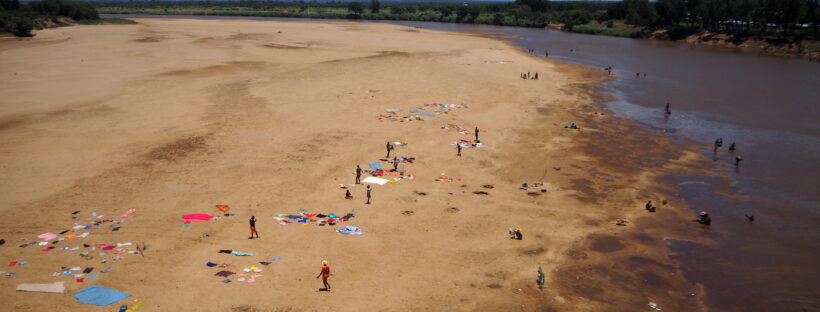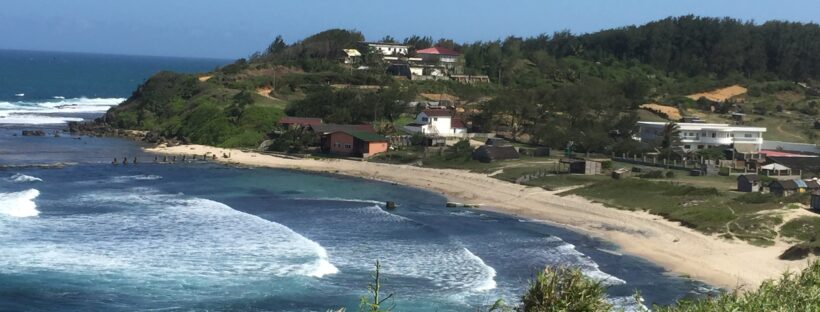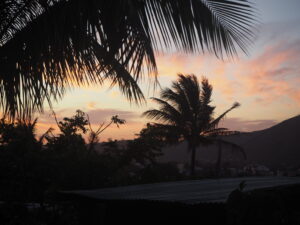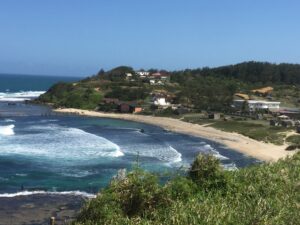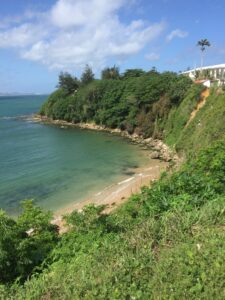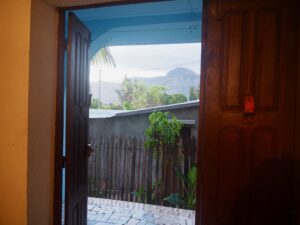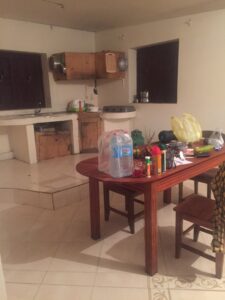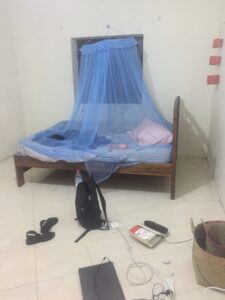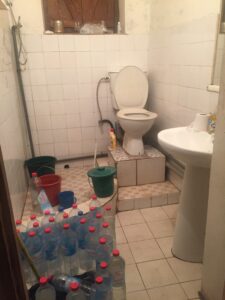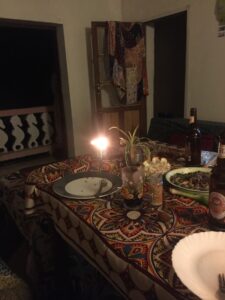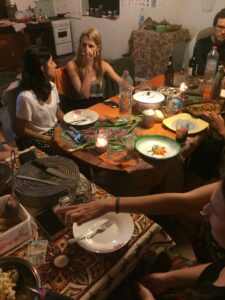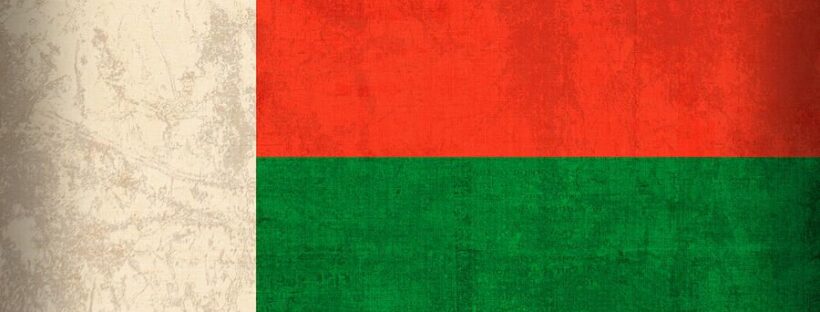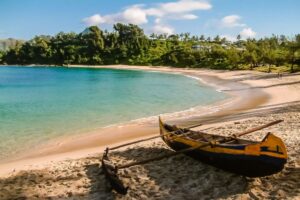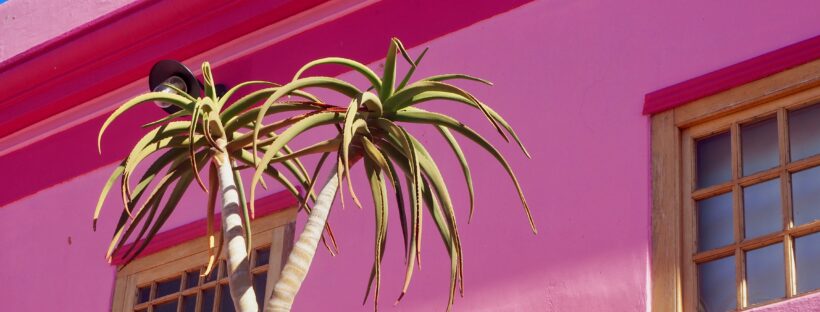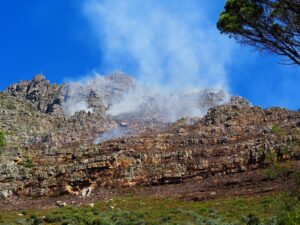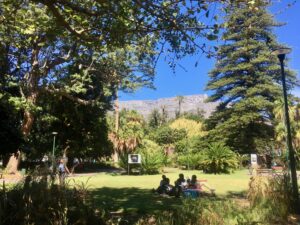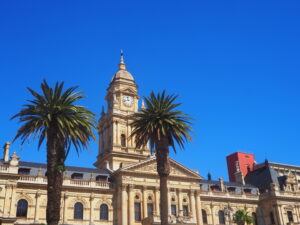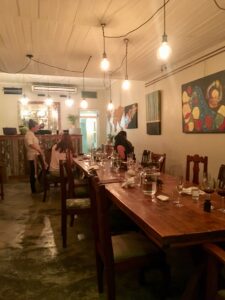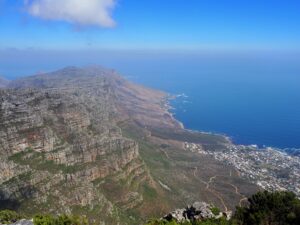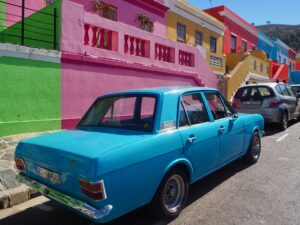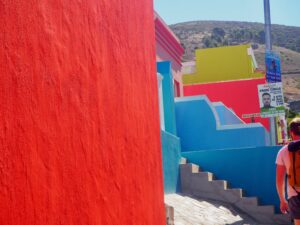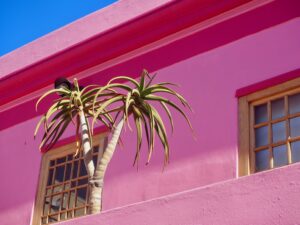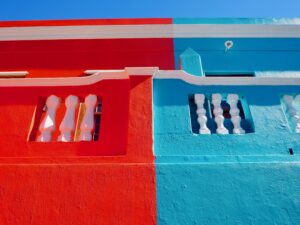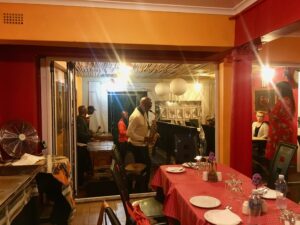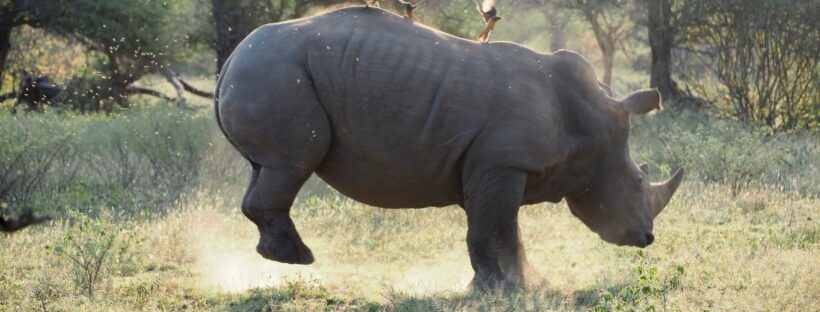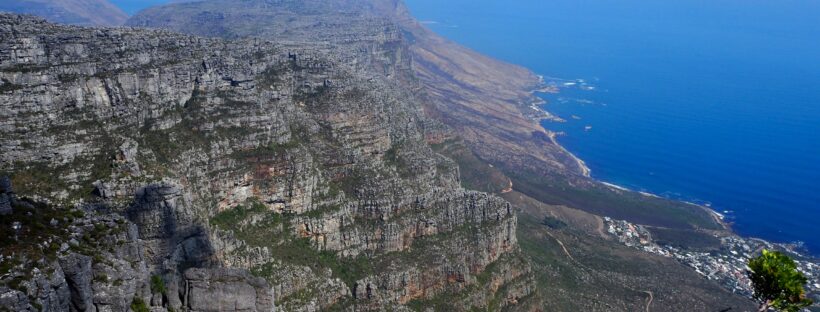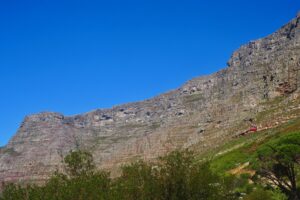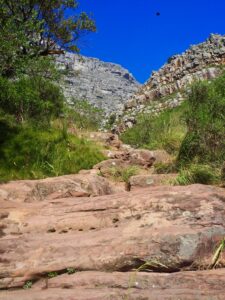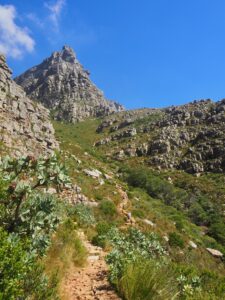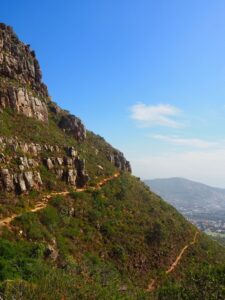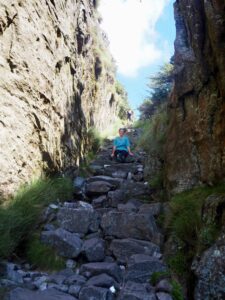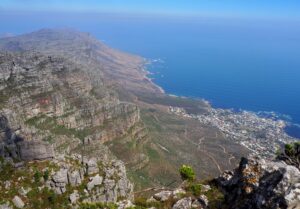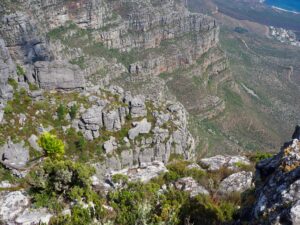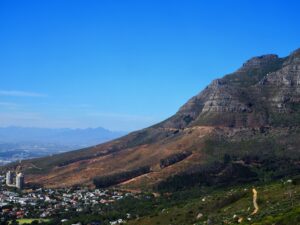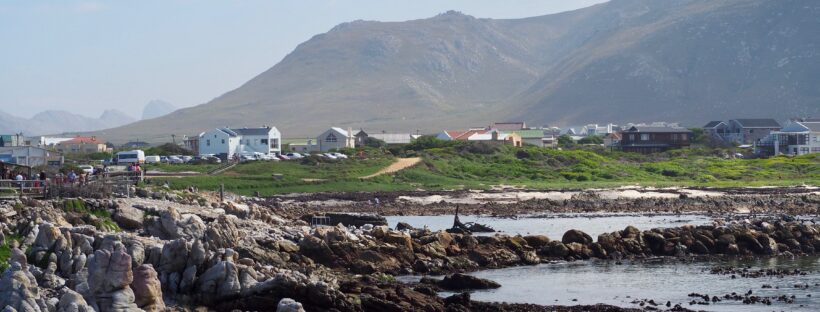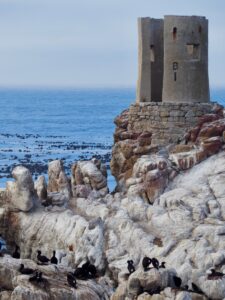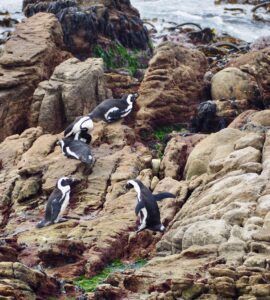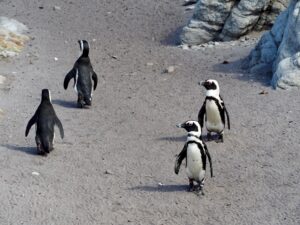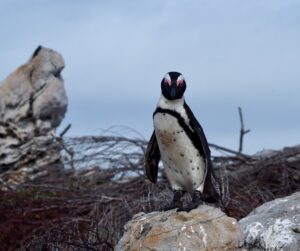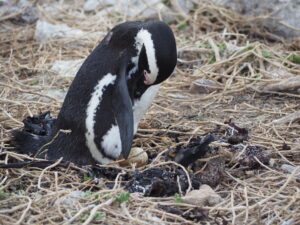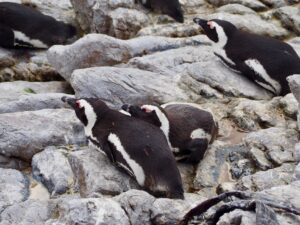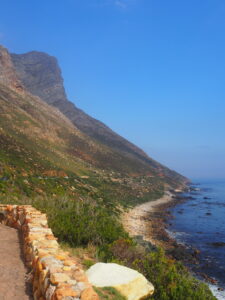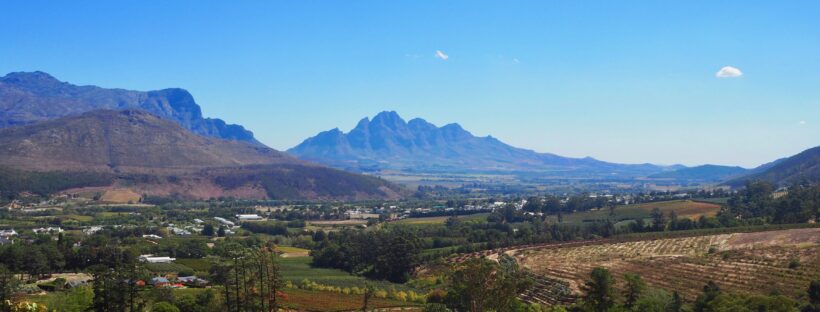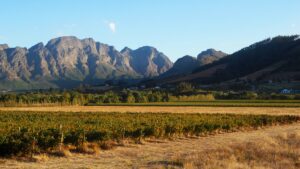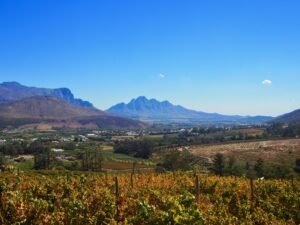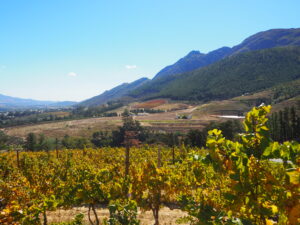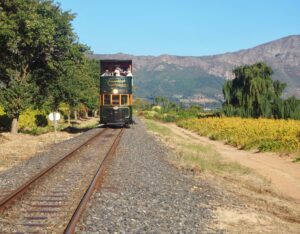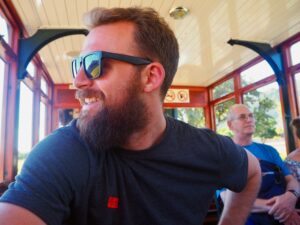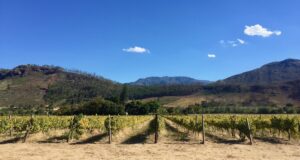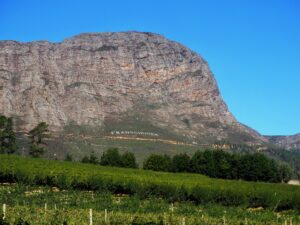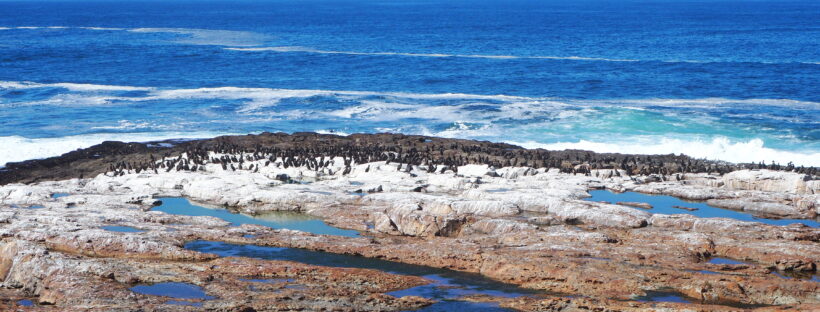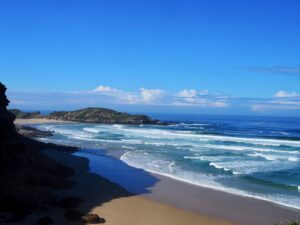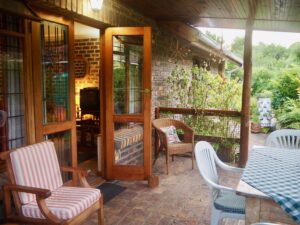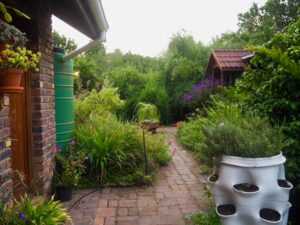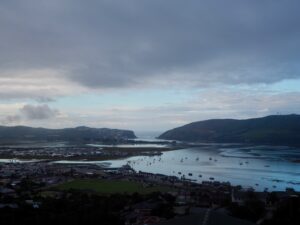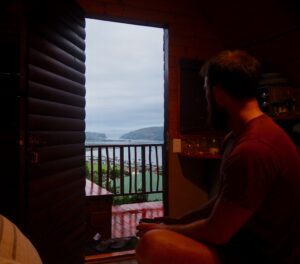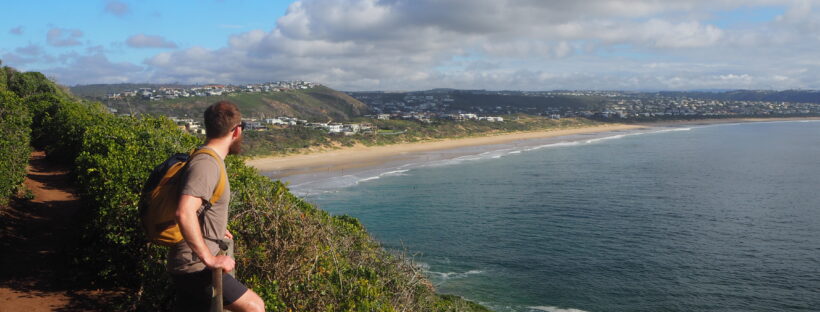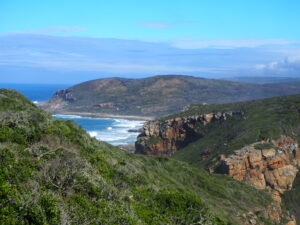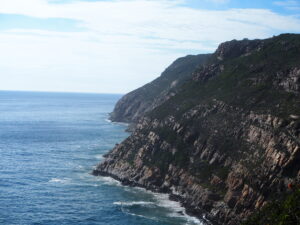Guys, we went to Berenty Reserve and I finally saw lemurs!! Hundreds of them!
We knew we wanted to stay around Fort Dauphin for most of Gareth’s trip, mainly so he can see where I’m living and help sort out my flat (thank you, G!!). But we wanted to do something special over Christmas which led us to Berenty.
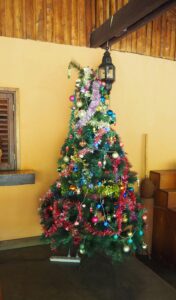
Berenty is a small, private reserve about 3.5 hours from Fort Dauphin, and one of the most famous in all of Madagascar. It’s one of the best places to see lemurs in the country, and where primatologist Alison Jolly studied lemurs for over 50 years. If you’re into lemurs, this is your spot.
LOGISTICS
TRANSPORT
You need to organise transport to and from the reserve directly — you can’t just turn up. They can arrange this from Tana, but in Fort Dauphin the Le Dauphin hotel is their sister site and you can arrange things there. You’ll be picked up from the hotel early in the morning with a driver and a guide. The drive out is part of the experience, with a few stops along the way to see the changing landscape. We had a fantastic drive out, you can see some of the pictures below.
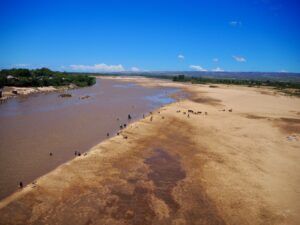
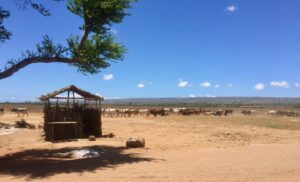
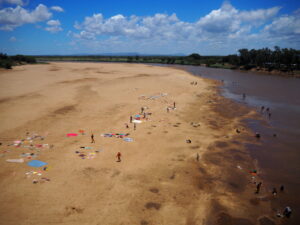
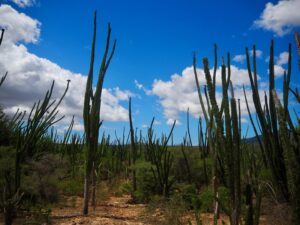
FOOD
There is a restaurant at the reserve, but nowhere to buy snacks. The restaurant is a fixed menu — continental breakfast (with or without eggs) in the morning, and three courses (starter, main, dessert) during lunch and dinner. Breakfast is from 6 – 9, lunch from 12-2:30 and dinner 7-10. The food was good but not great — though this lobster on Christmas Eve was quite the treat.
ELECTRICITY AND WATER
The reserve runs on generator power, so there’s electricity from 5am to 9am, 11am to 3pm and 5pm to 10pm. This is generally fine but as it’s the peak of summer, nights without a fan or air con were HOT. There is also running water, flushing toilets, and showers with hot water. (YES, PLEASE!)
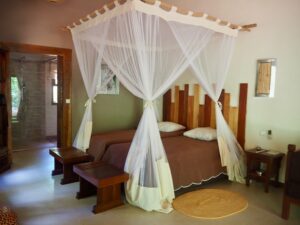
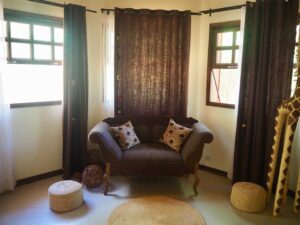
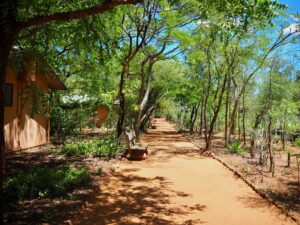
COST
The cost for transport and the guide is €157 each. It includes the driver, gas to/from the reserve, a guide who provided us with three (long) walks a day (7-11 am, 3-6 pm, and 7-8 pm), room and board for both driver and guide, and entrance to the reserve and museum.
It’s another €62 each night for a double occupancy room. Meals are 19,000 Ariary each for breakfast and 36,000 Ariary for lunch and dinner, however on special occasions (Christmas Eve), there is a special menu that was €22 each. Water, and most drinks, are 6,000 Ariary.
THE EXPERIENCE
You see SO much at Berenty. You’re basically guaranteed to see all the different types of lemurs that live in the reserve, and you can get quite close to them! We also saw chameleons, flying foxes, snakes, so many cool bugs, tortoises, and a crocodile. We saw so many incredible things, which you can see in the photo diaries here and here. Our guide JP was incredible — he was SO knowledgeable about everything and just such a nice person to be around.
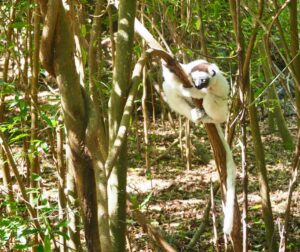
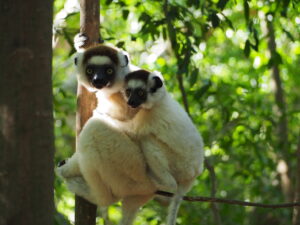

In all, if you’re in Southern Madagascar and at all interested in lemurs, Berenty Reserve should be top of your list!
